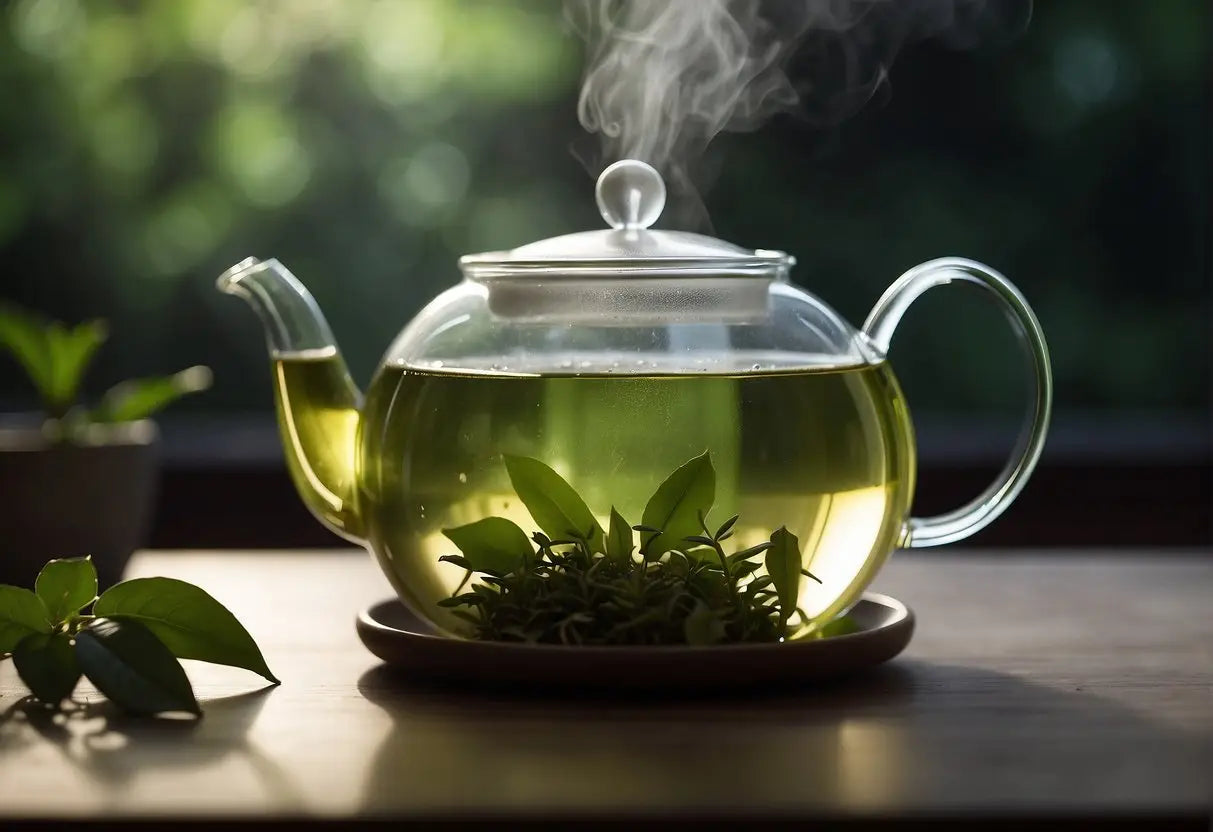How to Make Ginger Tea
Ginger tea is renowned for its potential health benefits, which you might find appealing. Here's a concise overview of some of the advantages: Digestive Health: It's known to soothe the digestive system, which can help relieve nausea, including morning sickness and chemotherapy-related nausea. Anti-inflammatory: The active component in ginger, gingerol, has anti-inflammatory properties that may reduce muscle pain after exercise. Immune Support: Ginger has immune-boosting effects that could help fend off colds and the flu. Cholesterol Levels: Some studies suggest that ginger tea may influence cholesterol levels, potentially reducing the risk of heart-related issues. Here is a simple table summarizing...
Pu-erh Tea Extract
Pu Erh tea extract, derived from the leaves of the Camellia sinensis plant, is a concentrated form of Pu Erh tea, a traditional Chinese fermented beverage. Fermentation and aging are key to its unique profile, which differs markedly from other teas. Key Components: Catechins: Antioxidant compounds prevalent in fresh tea leaves that transform into theaflavins and thearubigins during fermentation. Microorganisms: Essential in the fermentation process, they lead to the production of statins and small amounts of lovastatin, which are not found in other teas. Processing: Harvesting of leaves. Sun-Drying: To halt oxidation and retain enzymes vital for fermentation. Piling: For...
Is Pu Erh Tea Black Tea
Pu Erh tea is a type of fermented tea that originates from the Yunnan province of China. You might recognize this tea for its unique processing method which involves both fermentation and post-fermentation, giving it a distinctive flavor and potential health benefits. Typically, Pu Erh tea is divided into two categories based on its processing: Raw Pu Erh (Sheng): This type is processed without the additional step of piling, which means the tea is naturally aged over time. It starts off green and becomes earthier and more complex as it ages. Ripe Pu Erh (Shou): This form undergoes a controlled...
How Long to Steep Green Tea
When steeping green tea, the temperature and time are crucial to extracting the best flavor while avoiding bitterness. Typically, green tea should be steeped in water that's around 175°F (79°C), significantly cooler than boiling point. Steeping Time: 1-3 minutes for a lighter flavor 3-5 minutes for a stronger flavor Water Temperature and Quality: Use filtered or spring water for a cleaner taste. Heat water to just before boiling and then let it cool to the desired temperature. Tea Leaf Quantity: 1 teaspoon of loose leaf tea per 8 ounces of water Remember to preheat your cup or teapot before adding...
Recent articles






